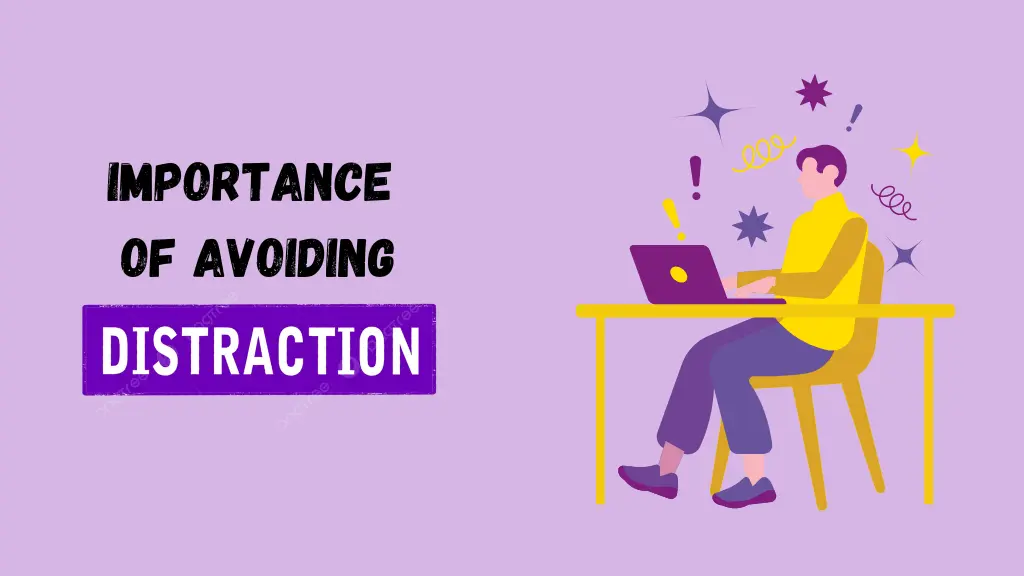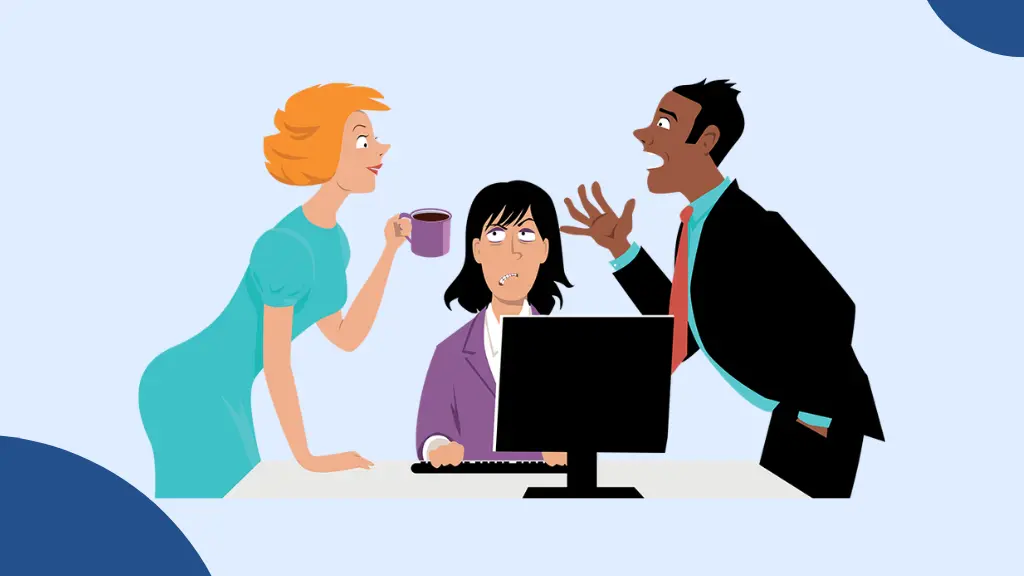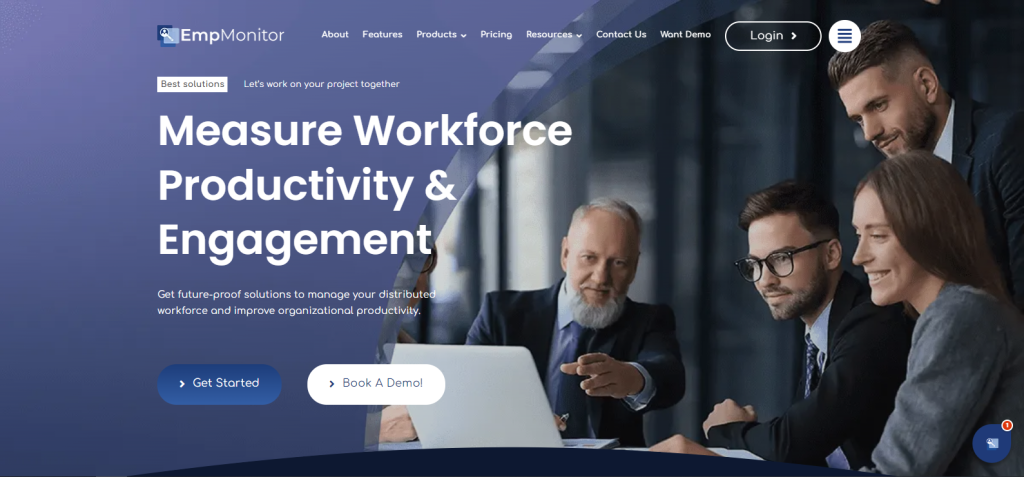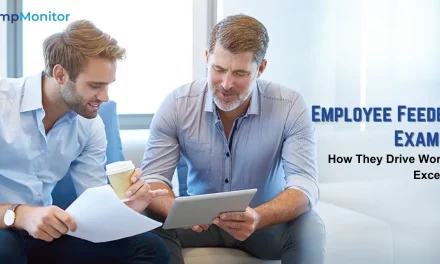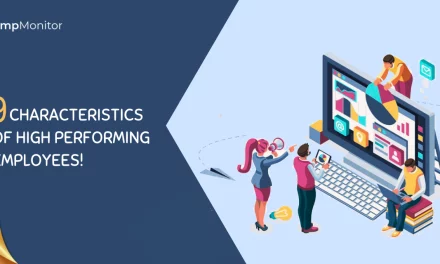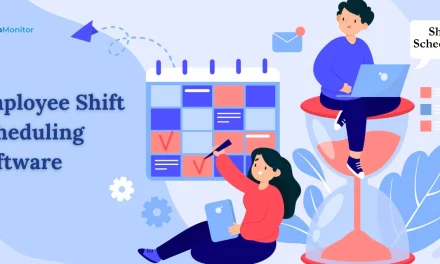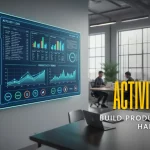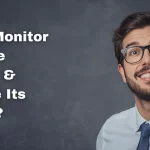Distractions are the silent thieves of productivity, quietly stealing our attention and diverting us from progress. In today’s interlinked world, they are present in numerous forms, from the continuous pings of notifications to the attachment of social media feeds and the never-ending stream of emails. These distractions break our focus and also minimize our ability to accomplish meaningful tasks and pursue our goals with purpose.
However, amid this sea of distractions lies the opportunity to regain our attention and control of time. By implementing effective strategies and cultivating a mindset of discipline and awareness, we can explore the digital world with clarity and purpose. It’s about mastering the art to avoid distractions rather than eliminating them, learning to recognize and reduce their impact, and constructing a path toward greater productivity and fulfillment.
The primary concern revolves around the question of how to avoid distractions. However, there’s no need to feel burdened, as we’ll explore this topic extensively within this blog, offering comprehensive insights and strategies to tackle distractions effectively.
Hit ‘Play’ Button & Tune Into The Blog!
Why Is It Important To Avoid Distractions At Work?
By understanding the importance of avoiding distractions, employees can improve productivity, regain their attention, and ultimately grow in their personal and professional lives. Let’s see why it’s essential to avoid distractions in today’s landscape and explore the benefits it offers: –
Enhanced Productivity: Distractions can significantly affect productivity by interrupting workflow and causing delays. Individuals can optimize their efficiency and accomplish more within a given timeframe by minimizing distractions.
Improved Concentration: They scatter our attention and make it difficult to concentrate on crucial tasks. Avoiding distractions allows individuals to focus their energy and cognitive resources on the task, leading to better performance and outcomes.
Quality Work: Constant interruptions or multitasking can compromise the quality of work produced. Individuals may overlook crucial details or make errors. By staying focused, individuals can produce work of higher quality, meeting or surpassing expectations.
Reduced Stress: They can contribute to feelings of stress and overwhelm. Constantly switching between tasks or being bombarded with information can lead to mental fatigue and burnout. Individuals can experience greater peace of mind and reduced stress by minimizing distractions.
Enhanced Creativity: Distractions inhibit deep thinking and creative problem-solving. By avoiding distractions and immersing oneself fully in a task, individuals can tap into their creativity and innovation, leading to more inventive solutions and ideas.
Achievement of Goals: Whether they’re short-term tasks or long-term projects, staying focused is crucial for achieving your goals. By minimizing distractions and staying on track, you can steadily progress toward your objectives and ultimately achieve success.
Improved Time Management: Maximizing productivity involves using time efficiently on tasks. Individuals can better allocate their time and accomplish more within set timeframes by minimizing or eliminating distractions.
In essence, minimizing distractions is essential for maximizing productivity, maintaining focus, reducing stress, and achieving long-term goals. Individuals can unlock their full potential and thrive in personal and professional endeavors by developing habits and strategies to avoid distractions.
Real-Life Examples Of Distractions –
Distractions come in various forms, both external and internal.
External distractions are those things happening around you, like noises, people talking, or your phone buzzing with notifications. They can smoothly grab your attention and pull you away from what you’re trying to do.
Internal distractions, on the other hand, come from inside your mind. These could be worries, daydreams, or even just feeling restless. They can be powerful as external distractions and make it hard to focus.
Here are some examples of distractions:
- Electronic Devices: Notifications from smartphones, tablets, or computers can be distracting, including text messages, emails, social media notifications, and app alerts.
- Noise: Loud conversations, background music, construction sounds, or even the hum of appliances can disrupt concentration.
- Multitasking: Trying to juggle multiple tasks simultaneously can lead to divided attention and decreased productivity.
- Interruptions: Phone calls, unexpected visitors, or coworkers stopping for a chat can disrupt workflow and concentration.
- Physical Discomfort: Hunger, thirst, or discomfort from sitting in one position for too long can distract from tasks.
- Personal Thoughts: Focusing on stress, worries, or unrelated daydreams can divert attention from the current task.
- Environmental Factors: Uncomfortable temperatures, poor lighting, or an uncomfortable chair can affect focus.
- Clutter: A messy workspace can create visual distractions and make it harder to focus on work.
- Procrastination: Engaging in activities like browsing the internet, watching videos, or checking social media instead of working on important tasks.
- Social Interactions: Conversations with coworkers, family members, or friends can draw attention away from work and disrupt concentration.
Managing internal and external distractions is crucial for productivity. Solving them involves developing a strategy or following tips to avoid distractions.
Tips to Avoid Distractions and Stay Focused –
Following are some tips on how to avoid distractions at work –
Mindful Planning and Scheduling:
- Start your day with a clear plan of what you need to accomplish. Use task management tools or a simple to-do list to organize your tasks.
- Schedule your most important and challenging tasks during peak productivity hours when you’re less likely to be distracted.
- Break down large tasks into smaller, more manageable pieces. It not only helps tackle tasks but also maintains focus.
Create a Productive Workspace:
- Designate a specific area for work that is comfortable, well-lit, and free from clutter.
- Personalize your workspace with items that inspire and motivate you to stay focused, such as plants, inspiring quotes, or calming music.
- Consider using noise-canceling headphones or white noise machines to avoid distractions from your surroundings.
Limit Multitasking:
- Trying to do too many things at once can decrease productivity and increase the likelihood of distractions. Focus on one task at a time to improve employee productivity.
- Multitasking leads to stress and burnout from managing challenging demands. Focusing on one task at a time can boost productivity, reduce pressure, and enhance well-being.
Digital Distraction Management:
- Minimize digital distractions by silencing or turning off notifications on your devices. You can also use apps or features like “Do Not Disturb” mode to limit interruptions.
- Use browser extensions or apps that block access to distracting websites or social media platforms during designated work periods.
- Practice mindful internet usage by setting specific time limits for non-work-related browsing and sticking to them.
Social and Environmental Boundaries:
- Communicate your need for focus and concentration to friends, family, and coworkers. Set clear boundaries around when you’re available for social interactions or meetings.
- Negotiate with household members or coworkers to minimize interruptions during designated work hours.
Mindfulness and Attention Training:
- Practice mindfulness exercises, such as meditation or deep breathing, to improve your ability to focus and avoid distractions.
- Train your attention by practicing activities that require sustained concentration, such as reading, solving puzzles, or playing musical instruments.
Self-Care and Stress Management:
- Prioritize self-care activities such as exercise, adequate sleep, and healthy eating habits. Physical well-being plays a crucial role in maintaining focus and mental clarity.
- Practice stress management techniques, such as progressive muscle relaxation or journaling, to ease anxiety and prevent it from becoming a source of distraction.
Continuous Improvement and Reflection:
- Regularly evaluate your productivity and identify any recurring sources of distraction. Experiment with different strategies and techniques to address them.
- Celebrate small victories and milestones to maintain motivation and momentum in your work. Acknowledging your progress can help reinforce positive habits and behaviors.
Establish Rituals and Routines:
- Develop rituals or habits that signal the start and end of your work sessions. It could be as simple as brewing coffee before diving into work or taking a short walk after completing a task.
- Create a daily schedule that includes specific times for work, breaks, exercise, and relaxation, ensuring consistency. Consistency helps train your brain to focus during work hours.
Using tools to avoid distractions:
- Leveraging the capabilities of tools like EmpMonitor can effectively contribute to creating a more focused and productive work environment.
- Additionally, organizations can implement policies and strategies to encourage mindfulness, avoid distractions, and promote a culture of productivity within their workforce.
Consider utilizing employee engagement software such as EmpMonitor to enhance focus and productivity to combat distractions.
EmpMonitor To Avoid Distractions –
EmpMonitor is a workforce management software designed to help companies monitor and manage employee activities on their computers. It typically offers features like time tracking, website and application usage monitoring, keystroke logging, and screenshot capture.
The primary aim of such software is often to enhance productivity by identifying and reducing distractions in the workplace.
Here’s how EmpMonitor could help to avoid distractions:
Activity Monitoring: EmpMonitor tracks how employees spend their time on computers, including which applications they use and which websites they visit. By analyzing this data, employers can identify patterns of distraction and address them accordingly.
Productivity Analysis: It provides insights into employee productivity by tracking the completion of tasks and projects. By identifying low-productivity periods, managers can implement strategies to minimize distractions and improve efficiency.
Real-time Alerts: You can configure the software to send alerts or notifications when employees engage in certain activities considered as distractions. For example, excessive time spent on social media or gaming websites can trigger alerts, prompting managers to step in.
Keystroke Logging: Keystroke logging, also known as keylogging, is a method of capturing and recording the keystrokes typed on a keyboard. It can include letters, numbers, symbols, and special function keys. Employers can use this data to understand what tasks employees are working on and identify any distractions.
Screen Capture: It captures screenshots regularly to provide visual evidence of employee activities. It can be handy for identifying specific distractions or instances of non-work-related behavior.
Customizable Policies: EmpMonitor allows employers to establish customizable policies regarding acceptable computer usage during work hours. It helps set clear expectations for employees and provides guidelines for minimizing distractions.
Employee Awareness: Simply knowing that their activities are being monitored can prevent employees from engaging in distracting behavior. EmpMonitor can remind users to stay focused on work tasks during work hours.
Employers must implement EmpMonitor ethically and transparently, ensuring that employees are aware of the monitoring practices and understand the reasons behind them. Additionally, employers should respect employee privacy and only collect data that is necessary for productivity management purposes.
Also Read –
How to improve employee productivity | 09 best practices
How to improve productivity and efficiency with time management software?
Wrapping words –
Staying focused while working can be challenging, but it’s doable with the right approach. By following the nine tips we discussed in this blog, you can create a better work environment for yourself and avoid distractions. Remember to prioritize your tasks, set boundaries, use technology wisely, and stay disciplined. Being mindful and organized will also help you stay on track. So, try these tips and see how they can make your workday more productive and less distracting. Cheers to getting more done!


